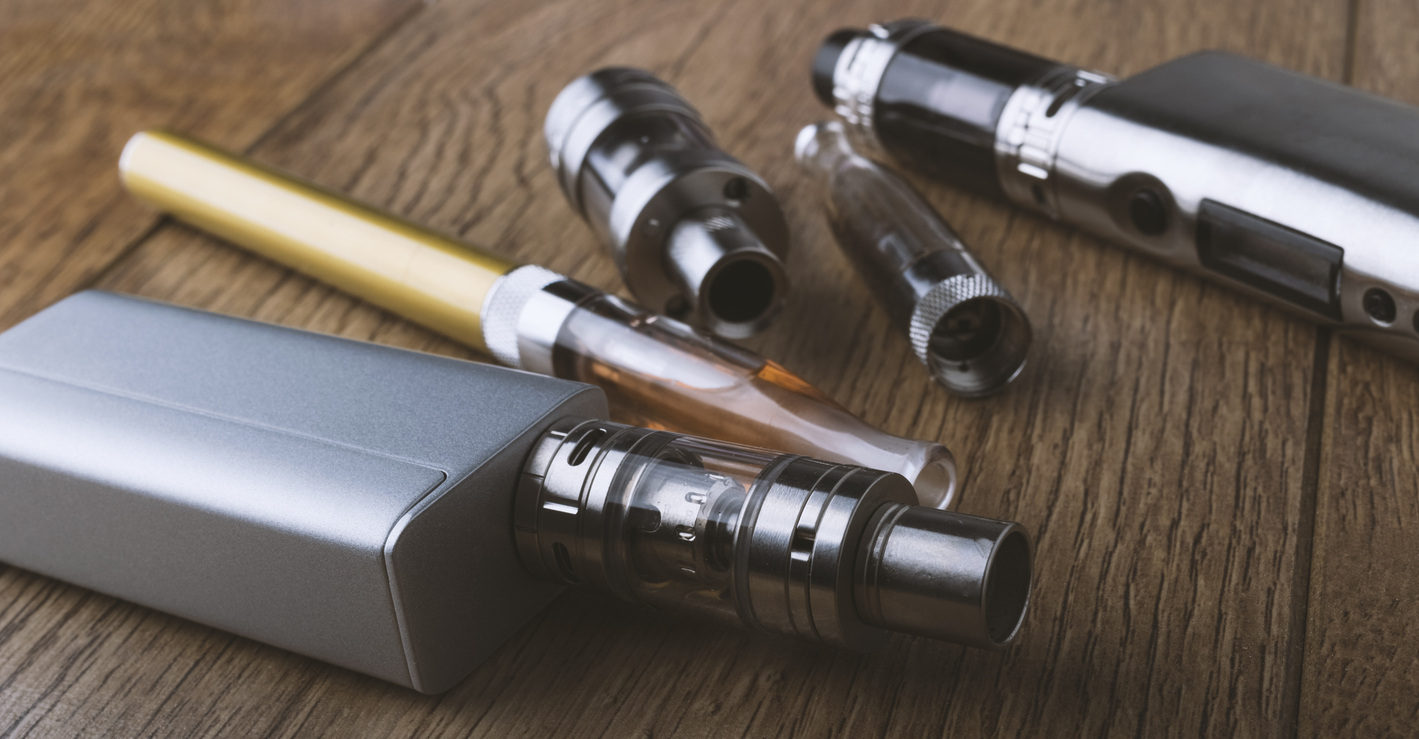As scientists work to develop new analytical methods for delivering veterinary medicines (often referred to as animal health products) to market, they face several challenges. Just like...
When will we see medicinal vape products on the market in the UK?
Nicotine

Sep 13, 2024 | Published by Broughton
Nicotine
On October 29, 2021, the UK’s Medicines and Healthcare Products Regulatory Agency (MHRA) updated its guidance for licensing electronic cigarettes and other inhaled nicotine-containing products as medicines. The new guidance marked a shift in approach from the MHRA, as it began actively encouraging applications and sought to support companies through the process. Three years on, however, and we are yet to see any licensed electronic cigarettes hit the market — why?
Although the General Election postponed the UK Government’s plan for a ‘smokefree’ future, it’s likely that this vision will be encouraged even with a change of government. Using electronic cigarettes can be a good way to reduce the harmful effects of smoking and the hope is that this new approach will change the perception of electronic cigarettes, bringing them more in line with other nicotine replacement therapies including gums, sprays, and patches.
The pathway via which electronic cigarettes products can be certified as medicinal products is known as a marketing authorisation application (MAA). Since nicotine is not a new chemical entity, the MAA can be abbreviated with respect to safety and efficacy information. Instead, the application will rely primarily on a pharmacokinetic (PK) study to compare the new product with an appropriate reference medicinal product. Given the intended route of administration, an already-approved inhaled nicotine product such as the Nicorette 15 mg Inhalator has been suggested by the MHRA as a suitable comparator.
As well as conforming to the MAA requirements, any electronic cigarettes must be proven to be electromechanically safe. In the UK, this will require it to be UKCA marked, following assessment by an authorised Approved Body.
How is MHRA guidance encouraging licensing?
In a bid to elucidate the new application process, the MHRA initially ran a webinar titled “Licensing Electronic Cigarettes as Medicines”, which was retroactively made available on YouTube. In short, the MHRA is committed to providing as much assistance as is needed to ensure potential applicants understand the process and feel able to make applications in a timely manner.
But the MHRA has gone beyond simply putting on talks and answering questions — it has also widened the goalposts slightly, making applications more likely to succeed. As a medicinal product, electronic cigarettes are classified in a similar way to conventional pressurised metered dose inhalers (pMDIs), meaning the criteria, specifically the delivered dose uniformity (DDU), that must be met before approval is very similar. Electronic cigarettes, however, are a fundamentally different technology to pMDIs. Whereas pMDIs use a pressurised canister calibrated to deliver an exact amount of aerosol per puff, electronic cigarettes are traditionally based on coil and wick technology.
Acknowledging that electronic cigarettes are fundamentally different from pMDIs and that their mode of operation is likely to be more variable than traditional pMDIs, the MHRA has made some concessions related to DDU, such as allowing 10 puffs to be classified as a single dose.
Achieving DDU
Despite the leeway given by the MHRA, electronic cigarettes must still meet the same DDU acceptance criteria as pMDIs. For products to reach quality medicinal standards they must be designed to be as consistent, puff-to-puff, as possible. In that respect, any applicant seeking approval must focus on three key points: consistent power, consistent delivery of liquid, and consistent airflow — achieve all three and a device stands a good chance of complying with the new guidance.
Modern developments in electronic cigarettes and technology will help address the issue of DDU further. Non-heated vaping technologies based on ultrasonics, piezo-ceramic mesh and micro-nozzles are now being used to develop these products and offer greater inhalation consistency. Piezo-ceramic technology, in particular, is well suited for medicinal products as it offers the ability to fine-tune the mesh, vibration frequency, or other parameters within the device, depending on the liquid formulation.
Achieving MAA licensing
To date, only one e-cigarette product has successfully passed through the MAA process, around a decade ago. However, smokers did not find the product sufficiently satisfying to make a permanent switch. It was withdrawn from the market only a couple of years after launch due to low smoker compliance. Technology has evolved much since then, resulting in products which are much more satisfying for smokers, allowing them to transition away from combustible cigarettes altogether.
For applicants with products undergoing a US FDA Premarket Tobacco Product Application (PMTA) process, depending on the study design there may be the opportunity to repurpose this data to reduce the number of new studies required for an MAA. The MHRA has said it is happy to discuss what data may be relevant for a UK MAA, therefore reducing the need for additional studies in some cases.
The impacts of the change in guidance will only become apparent once we start seeing products approved via this route. For now, there are still over 6 million people in the UK who smoke cigarettes; electronic cigarettes, which have been through the rigorous medicinal licensing process, could offer a reduced risk, effective, and trusted part of the solution moving forward.
Are you looking to bring a next-generation nicotine product to market? We can help you seek regulatory approval with our nicotine consulting and testing service.



